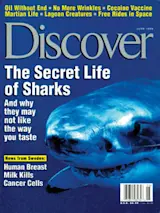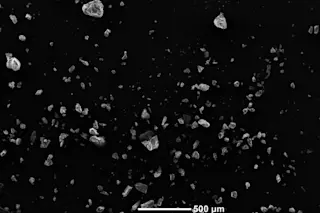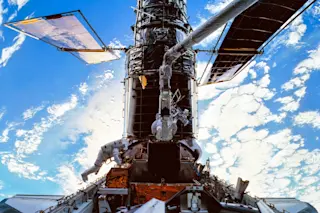In popular usage the word librate has long passed out of style. It originally came from the Latin word librare, to balance. Librate means to vibrate slightly, as a balance or a scale does before it settles down. An object that librates is poised between two competing forces. Scientifically the word has had a longer lifetime, because the depths of outer space are sprinkled with what are called libration points: places where a satellite or a pebble or anything else that might get there would find itself perfectly balanced between competing gravitational forces. There are five of them shared by Earth and the sun, for instance, and another set of five shared by Earth and the moon. As the moon rotates around Earth, and Earth around the sun, these libration points rotate with them. Put a satellite at a libration point and it would appear motionless from Earth, hanging in ...
Surfing the Solar System
Huge, invisible surfaces shaped like abstract tubas can carry spacecraft from planet to planet
More on Discover
Stay Curious
SubscribeTo The Magazine
Save up to 40% off the cover price when you subscribe to Discover magazine.
Subscribe













